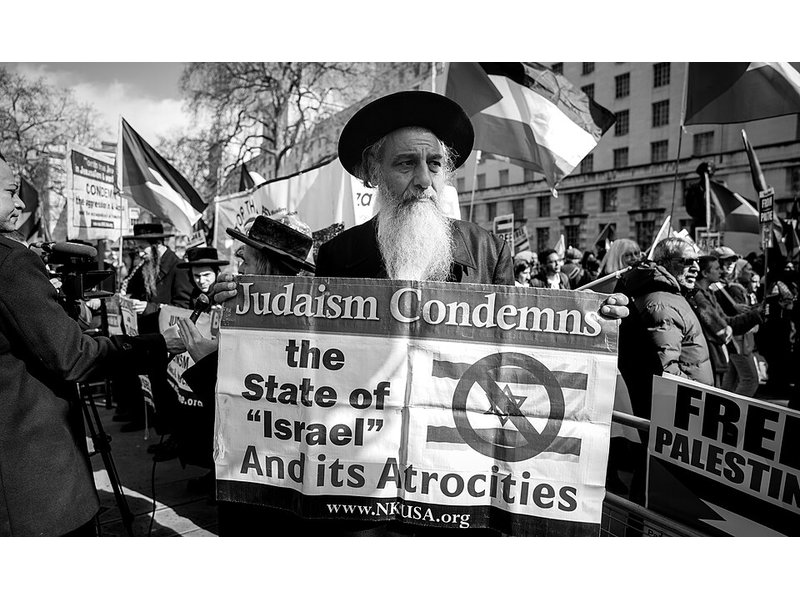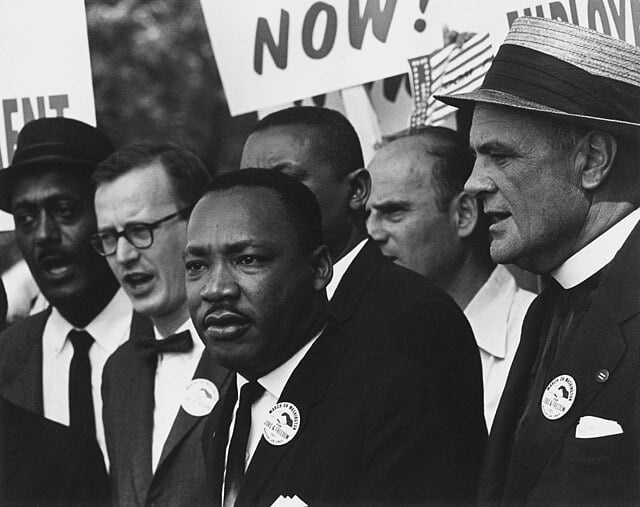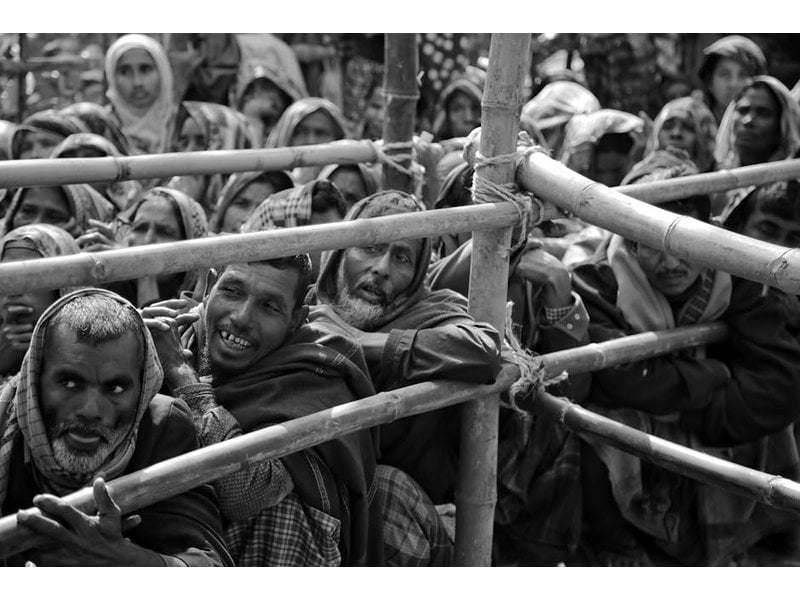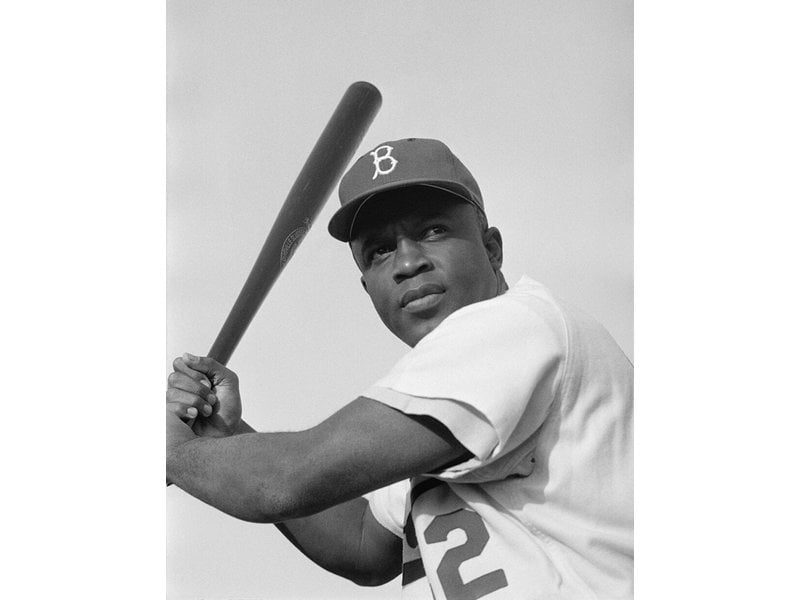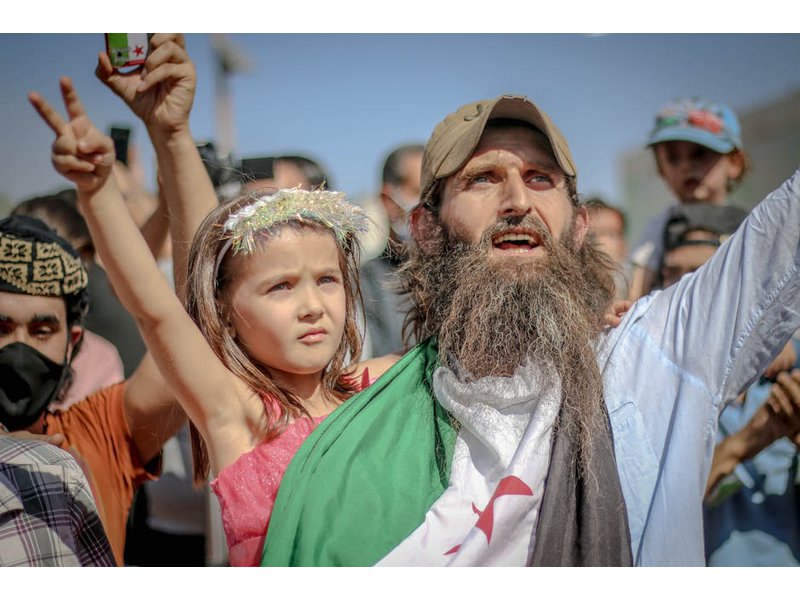076 national consumers boycott
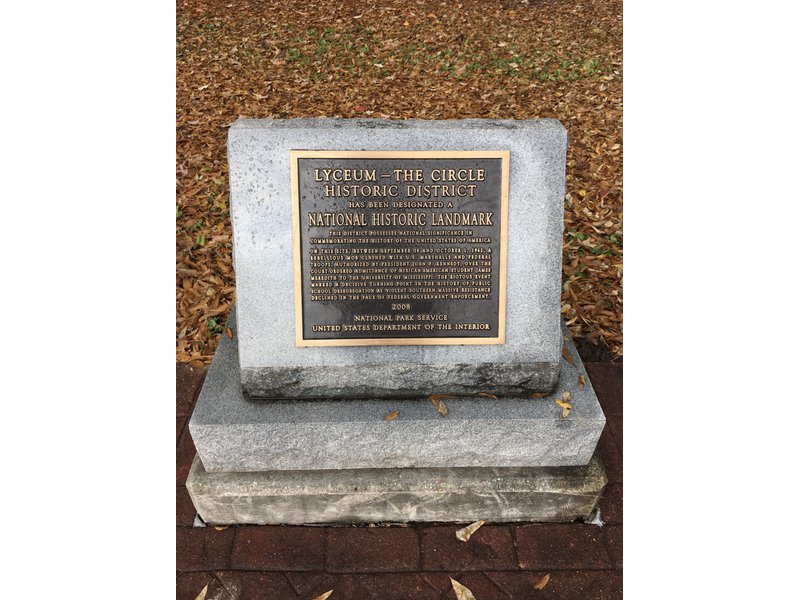
"The national consumers’ boycott involves a refusal by a major part of the consumers of a single country to buy products or use services from another country with which they are in conflict. Such a boycott may be practiced by the people of an independent country, a colony, or an otherwise subjected country seeking to regain its independence. Motivation for such a boycott may be 1) to weaken or refuse to strengthen the opponent economically; 2) to strengthen the home economy by increased use of home-produced products; 3) to seek self-purification for past preference for foreign goods which may have contributed to the loss of economic independence and hence of political independence; 4) to symbolize revolt against political suppression or injustices; 5) to supplement a broader noncooperation movement against the foreign power, aimed at a restoration of political independence; 6) to force the opponent to right specific wrongs and to desist from such wrongs in the future; or 7) a combination of these. The general motivation is thus national—to weaken the opponent country and to strengthen one’s own country in order to achieve some national goal. The national boycott may be against specific goods or services, against all the goods and services of the offending country, or against foreign products in general. Several of the methods of the economic boycott described in this chapter may be used simultaneously."...
Potentially problematic matches
High scoring campaigns using this method
Historical cases from the Nonviolent Action Database that used this method
Egyptians campaign for independence, 1919-1922
Egypt became a British protectorate on December 14, 1914. During World War I agitation towards the British increased as all sects of the population united in their discontent. British rule caused Egypt’s involvement in the war to increase – 1.5 milli...
Hungarians campaign for independence from Austrian Empire, 1859-1867
In the 1840’s there were high tensions between Hungary and the Austrian Empire. Hungary, a part of the larger Austrian Empire, was characterized by nationalistic fervor and that feeling erupted in a violent insurgency in 1848. Franz Josef, the empero...
Iranian resistance to Tobacco Concession, 1891-1892
In the late nineteenth century foreign governments were increasingly asserting control, and in some cases Iranian governmental figures adopted a fatalistic attitude about being colonized by Britain or Russia, both of which were competing for power in...
Lithuanians campaign for national independence, 1988-1991
Russia first occupied Lithuania and introduced a program of “Russification,” an attempt to eliminate Lithuanian language and culture in favor of Russian culture, in the mid-19th century. After 22 years of independence from Russia, the Molotov-Ribbent...
Syrian citizens general strike against France, 1936
French-occupied Syria was facing darkening hopes for more independence from France at the end of 1935. The major Syrian nationalist party, the National Bloc, was losing power, the Syrian Parliament was adjourned and the government in power was under ...
Lawrence Mill Workers strike against wage cuts, 1919
In 1919, the United Textile Workers and Central Labor Union, in a rush of union activity, managed to shorten the work week from 54 hours to 48 hours. The unions negotiated this reform by making a concession of an overall cut in wages, which were alre...
Palestinians boycott settlement goods, 2009-2011
In December 2009, Palestinians began a boycott of goods coming out of Jewish settlements in the West Bank, the Gaza Strip, and other disputed territory. There was already a law established by the Palestinian Authority against buying these goods, effe...
U.S. textile workers win campaign in South (J.P. Stevens Boycott) 1963-1983
In most of United States history cloth was manufactured largely in the North while cotton and other fibers were grown largely in the South. In the early twentieth century textile manufacturing workers formed unions to increase wages and safety, reduc...
Ghanaians campaign for independence from British rule, 1949-1951
Ghana was the first African country south of the Sahara to gain its independence. The process aimed at African representation had begun as early as the 1920s and under the post-World War II Constitution African parties were allowed to contest electio...
Environmentalists defend old forest in Clayoquot Sound, B.C., Canada, 1993
On the western coast of Vancouver Island, fir, cedar and spruce trees fill the rainforest of Clayoquot Sound, one of the last, large, untouched forests in British Columbia (B.C.). In April of 1993, Michael Harcourt, the province's premier, announced ...
Low scoring campaigns using this method
Historical cases from the Nonviolent Action Database that used this method
Palestinians wage nonviolent campaign during First Intifada, 1987-1988
EDITOR'S NOTE: Regarding the First Intifada as "nonviolent" is controversial because of the violence that accompanied the campaign. Aden Tedla's narrative does not try to hide the violent dimension. Three considerations lead us to include the case in...

